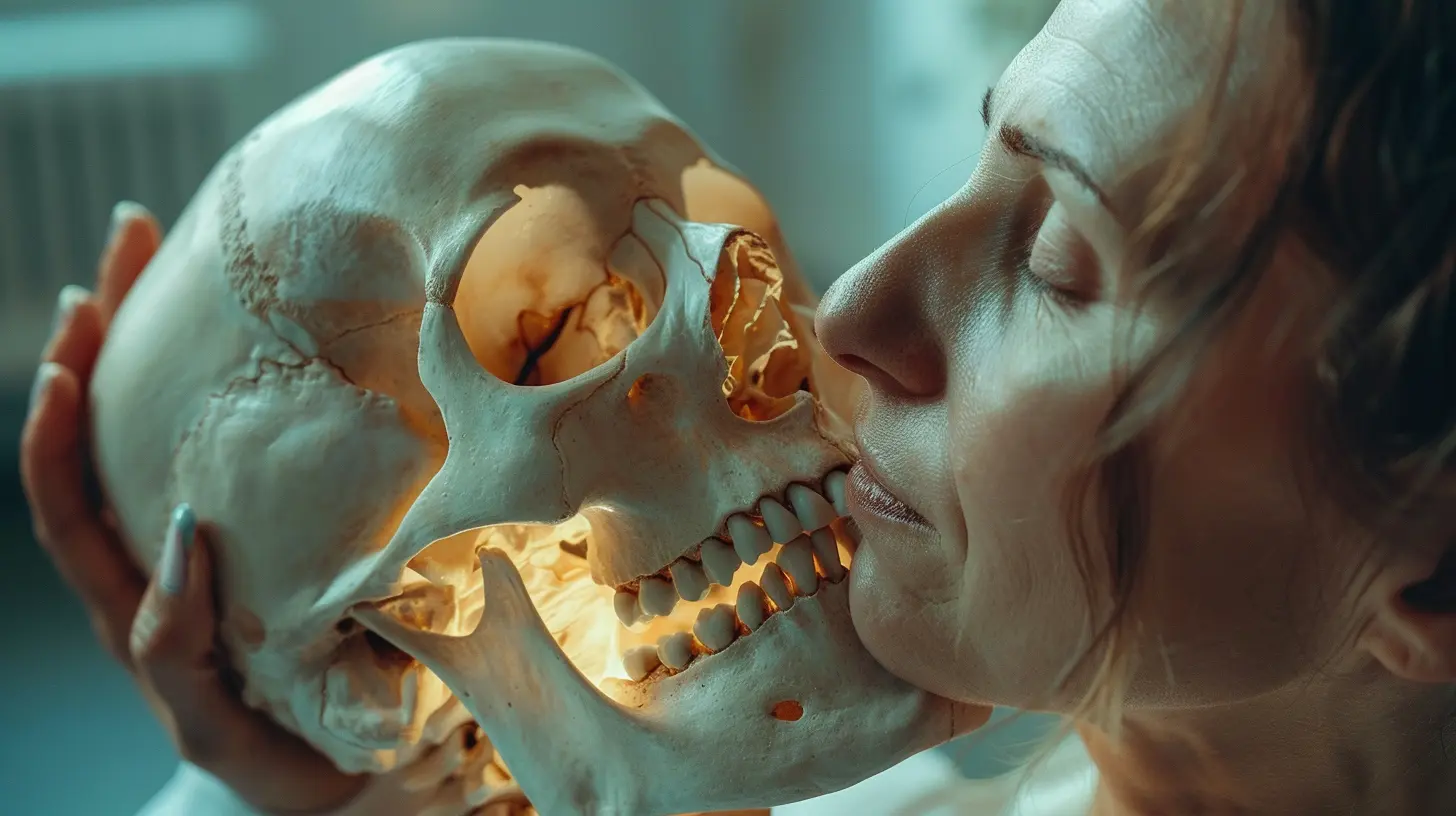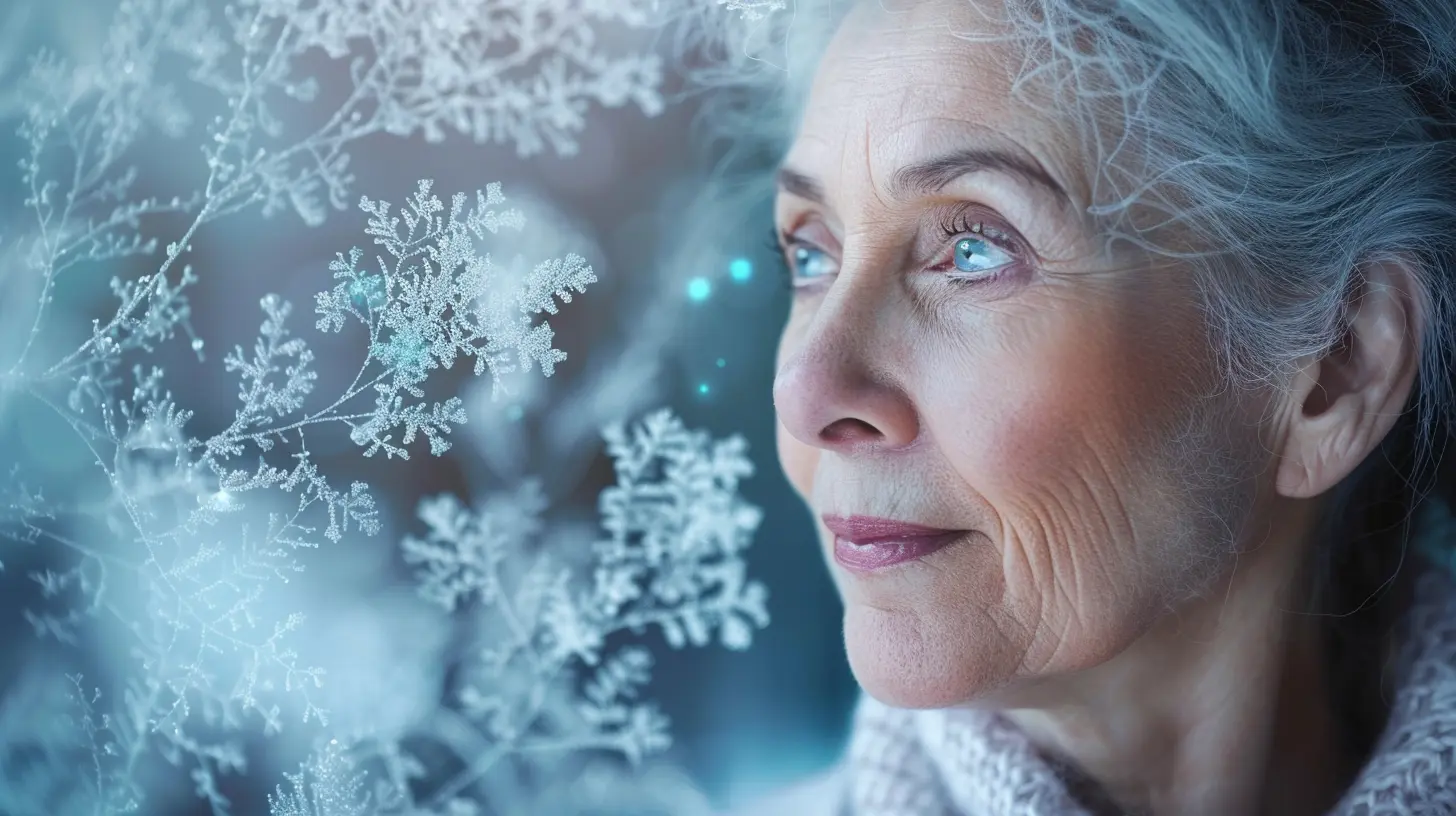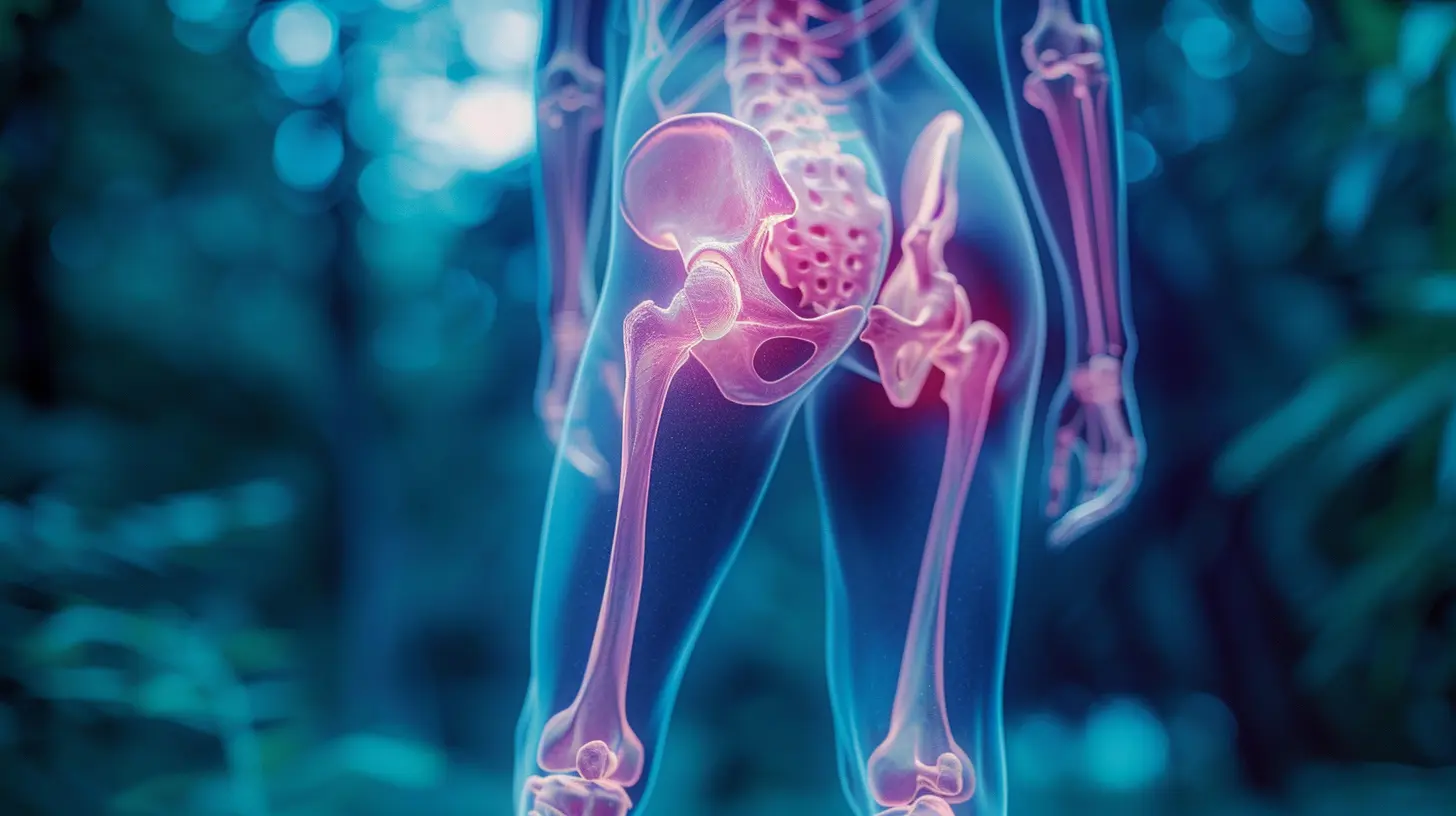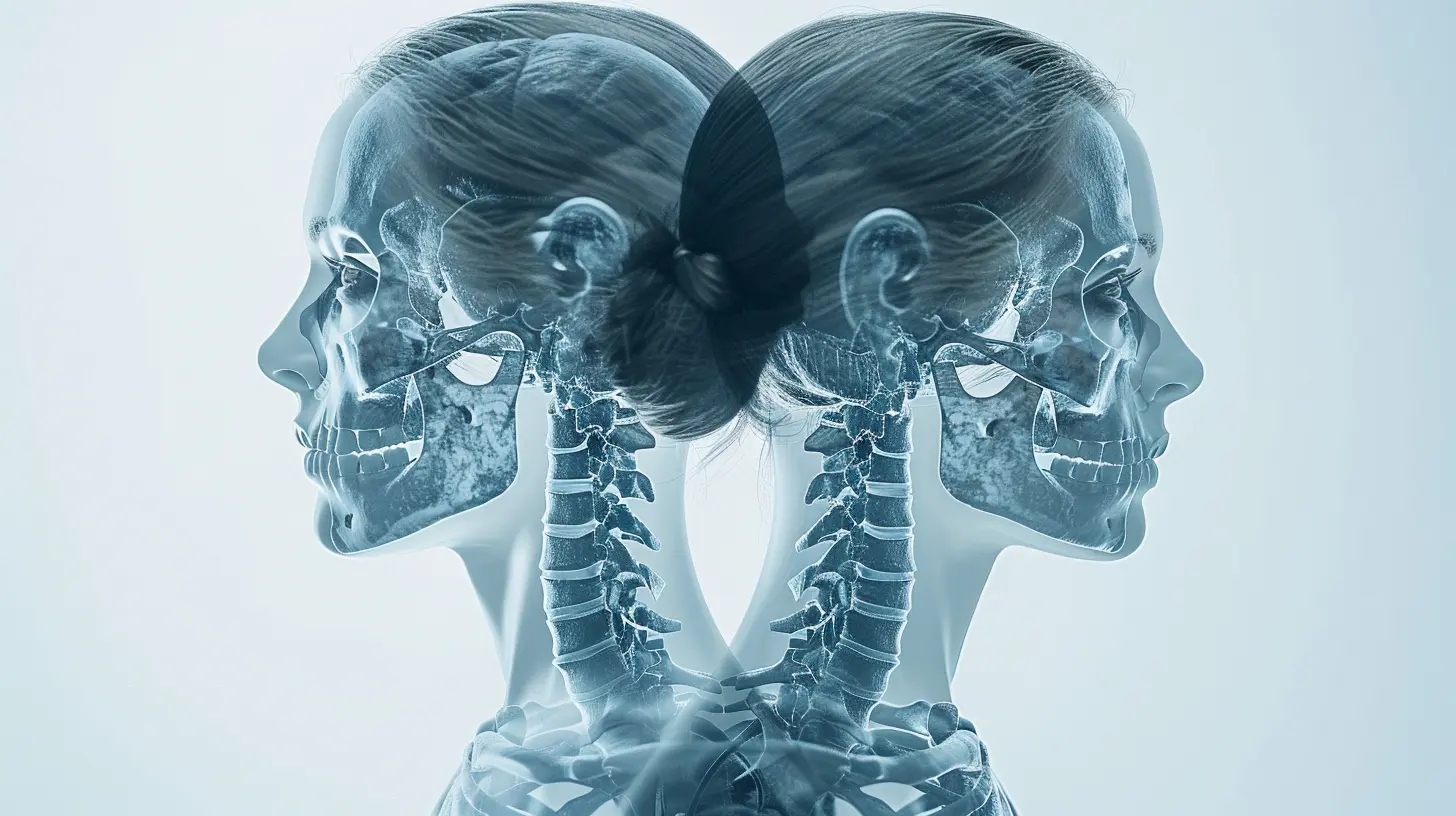Menopause and Bone Health: What Women Need to Know
4 October 2025
Let’s face it—menopause can feel like a rollercoaster ride you didn’t exactly sign up for. Sleepless nights, hot flashes, mood swings… and oh yes, bone health issues. It’s not the kind of topic that comes up often in coffee conversations, but it’s something every woman needs to be aware of, especially as those hormones start doing acrobatics.
In this article, we’ll get real about menopause and how it affects your bones. You'll learn what’s actually going on in your body, why your skeleton might be feeling a bit more fragile, and most importantly, what you can do about it.
So, grab your favorite drink, get comfy, and let’s talk bones.
What Happens to Your Body During Menopause?
Menopause is a natural part of aging—it simply means your body is winding down its reproductive years. You officially hit menopause when you’ve gone 12 months without a period. The average age? Around 51, though it can vary.But what’s really going on inside?
Estrogen—that powerhouse hormone—starts to dip. And this drop is what triggers a lot of the symptoms you might be experiencing. But estrogen does more than just regulate your cycle and mood… it’s actually got your back when it comes to bone strength. Literally.
So when estrogen levels fall? Your bones take a hit, too.
The Link Between Estrogen and Bone Density
Estrogen isn’t just about periods and pregnancy—it’s also crucial in keeping your bones strong. Think of it as the protective shield that keeps your bone-building process ticking.When you're young, your bones are constantly being broken down and rebuilt. It’s like home renovation on repeat. Estrogen helps control the balance between breaking down old bone and building new bone. But during and after menopause, that balance gets out of whack.
Without enough estrogen, your bones start breaking down faster than your body can rebuild them. The result? Thinner, weaker bones… and that’s a problem.
What Is Osteoporosis—and Why Should You Care?
Osteoporosis is a condition where bones become brittle and fragile, to the point where a simple fall or bump can result in a fracture. Think of it like your bones turning from a sturdy oak tree into something closer to dry spaghetti.Here’s the kicker: women can lose up to 20% of their bone density in the five to seven years after menopause. Yikes, right?
Some common fracture spots include:
- The hip
- The spine
- The wrist
These aren’t just painful—they can seriously impact your quality of life and limit your independence. That’s why bone health isn’t just some medical buzzword. It’s your future mobility, comfort, and freedom.
Signs Your Bones Might Be in Trouble
Now, here’s the tricky part—osteoporosis is often called the "silent disease" because you typically won’t feel any symptoms until something breaks. Sneaky, right?But there are a few warning signs you can keep an eye out for:
- You’re getting shorter (literally losing height)
- Your posture is changing—you’re stooping or slouching more
- You have back pain without an obvious injury
- You’ve broken a bone more easily than expected
Don’t ignore these signs. They’re your body’s way of nudging you to take action.
Risk Factors You Can—and Can’t—Control
Unfortunately, some of the risk factors for bone loss during menopause are just part of your story. But the good news? Many of them are within your control.Things you can’t control:
- Your age (yep, we’re all getting older)- Family history of osteoporosis
- Thin or small body frame
- Early menopause (before age 45)
- Certain medical conditions or medications
Things you can control:
- Diet and nutrition- Physical activity
- Smoking and alcohol use
- Bone density screenings
- Vitamin D and calcium intake
Think of it like this: you might not be able to rewrite your genetics, but you can definitely steer the rest of the ship.
How to Protect Your Bones During and After Menopause
So now the big question… what can you actually do to keep your bones strong and healthy?Let’s break it down.
1. Load Up on Calcium and Vitamin D
Your bones need calcium like your phone needs a charger—without it, they just won’t function.Aim for about 1,200 mg of calcium per day after age 50. You can get it from:
- Dairy (milk, cheese, yogurt)
- Leafy greens (kale, bok choy)
- Fortified foods (some cereals and juices)
- Supplements (if needed)
But here’s the catch—calcium needs Vitamin D to do its job. Without enough Vitamin D, your body can’t absorb that calcium properly. You need around 800–1,000 IU of Vitamin D daily.
A little sun exposure helps (15-20 minutes a day), but supplements might be necessary, especially in the winter.
2. Get Moving—But the Right Way
Exercise isn’t just about fitting into your jeans. It’s one of the best things you can do for your bones.Focus on weight-bearing and resistance exercises like:
- Walking
- Hiking
- Dancing
- Climbing stairs
- Lifting weights
- Yoga (hello, balance and flexibility!)
These types of movement put stress on your bones—in a good way. Just like muscles, bones respond to stress by growing stronger.
Just starting out? Don’t worry—you don’t have to become a fitness guru. Even 30 minutes a day can make a huge difference.
3. Quit Smoking and Limit Alcohol
You knew it was coming.Smoking and excessive alcohol mess with your hormones, mess with your bones, and just mess with your health in general. Women who smoke or drink heavily hit menopause earlier and lose bone more quickly.
Try to limit alcohol to one drink per day and stop smoking altogether if you can. Your future bones will thank you.
4. Consider Hormone Replacement Therapy (HRT)
This one’s a bit controversial, but we can’t ignore it. For some women, hormone replacement therapy (HRT) can help reduce bone loss and relieve other menopause symptoms like hot flashes.But HRT isn’t for everyone. It comes with potential risks, so it’s something you’ll need to discuss with your healthcare provider.
The takeaway? It’s an option… just not a one-size-fits-all solution.
5. Don’t Skip Those Bone Density Tests
Ever heard of a DEXA scan? It’s a super simple test that measures your bone mineral density (BMD). It’s painless—no loud machines, no needles—just a quick scan, usually of your hip and lower spine.The National Osteoporosis Foundation recommends women over 65 get a bone density test. But if you’re younger and have risk factors? Don’t wait—talk to your doctor.
These tests can give you a heads-up long before a fracture happens.
Supplements: Help or Hype?
Let’s be real—when it comes to supplements, the choices are endless. Calcium, Vitamin D, magnesium, collagen, strontium… it can feel like a vitamin aisle jungle out there.Some supplements are definitely helpful, especially if you’re not getting enough from your diet. But it’s always best to talk to your doctor before starting anything new.
And remember: supplements are just that—supplemental. They work best when combined with a healthy lifestyle, not as a substitute.
A Bone-Healthy Plate: What to Eat
You are what you eat, and that includes your bones.Here’s what a bone-friendly plate might look like:
- Lean protein (chicken, tofu, lentils)
- Leafy greens (spinach, collard greens)
- Fatty fish (like salmon or sardines—hello, omega-3s!)
- Nuts and seeds (almonds, flaxseeds)
- Dairy or fortified alternatives (milk, yogurt, soy-based products)
And don’t forget hydration. Your bones may be solid, but they need water too.
Mental Health and Bone Health—Yep, They’re Connected
Did you know stress and depression can also impact your bones?Chronic stress means higher levels of cortisol, a hormone that can actually lead to bone loss over time. Plus, when you’re not feeling your best mentally, you might not eat well or exercise regularly—which just piles onto the problem.
Take care of your emotional well-being with self-care, therapy if needed, and support from friends and family. Your bones (and your heart) will benefit.
Final Thoughts
Menopause is a major milestone—but it shouldn’t mean giving up on your health. Taking care of your bones during this transition is one of the smartest moves you can make for your future self.It’s not about being perfect. It’s about being informed. Listen to your body, ask questions, and take small steps consistently.
You’ve got the wisdom, life experience, and strength of a woman who’s weathered storms. Now it’s time to protect the framework that’s been holding you up all along—your bones.
Remember: strong bones = strong life.
all images in this post were generated using AI tools
Category:
Bone HealthAuthor:

Sophia Wyatt
Discussion
rate this article
1 comments
Vanta McClain
Great article! Menopause can be challenging, but understanding its impact on bone health is crucial. Nourishing your body with the right nutrients and staying active can make a big difference. Let’s empower each other to embrace this transition with knowledge and positivity—strong bones, strong women! Keep sharing valuable insights!
October 23, 2025 at 4:21 PM

Sophia Wyatt
Thank you for your thoughtful comment! I completely agree—empowerment through knowledge and healthy practices is key during menopause. Let's keep the conversation going!


